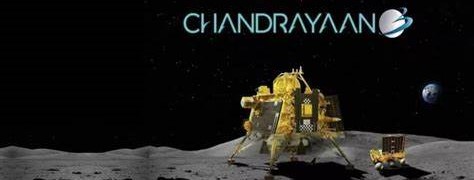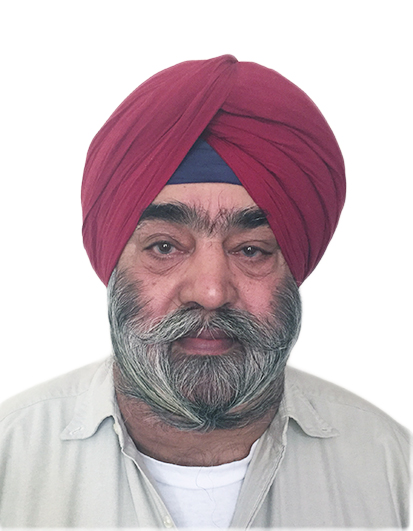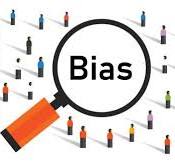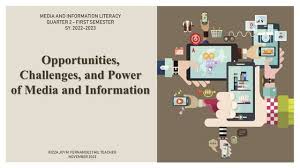
From Apollo 11 to Chandrayaan 3, fifty-four years of space research that saw India join select band of big
Fifty-four years is a long time. Memories of July 21 ( 8.26 a.m. on July 22 for us in India), 1969, when Neil Armstrong became the first person to step onto the Moon are still so fresh on my mind. Though at that time there was no television in India, we remained glued to our radios to know the latest about the Apollo mission. A round 8.26 a.m. (Indian Standard Time) , when Neil Armstrong was getting ready to plant the first human foot on another world, excitement mounted. We decided to skip school as Man was about to conquer the Moon.
Though more than half a billion people were watching the history being made on their television sets, we had to contend with commentary on the radio. It was an unforgettable moment when Neil Armstrong climbed down the ladder and proclaimed: "That's one small step for a man, one giant leap for mankind." I scribbled his proclamation on one of my school notebooks and recited the entire historic event at the morning assembly the next morning.
A part of my narration was also about the second astronaut Aldrin who joined Neil Armstrong shortly afterwards to put his steps on the Moon. He made a simple but powerful description of the lunar surface: "magnificent desolation." The two astronauts then explored the lunar surface for two and a half hours, collecting samples and taking photographs.
They left behind an American flag ( Chandrayaan 3 had a tricolour attached to it), a patch honouring the fallen Apollo 1 crew, and a plaque on one of Eagle's legs that read, "Here men from the planet Earth first set foot upon the moon. July 1969 A.D. We came in peace for all mankind."
I vividly remember that US Post issued a special First Day Cancellation of a commemorative stamp that was made available to philately enthusiasts the world over. I was one of them. By sending an International Postal Order of a specified amount, the US Post was promising to mail back the First Day Cancellation.
For many days, I would chase my beat Postman to make sure that my precious postal stationery did not get lost in the delivery system. Luckily I got mine a couple of weeks later while several other collectors had to wait a little longer than me. It is still a part of my collection.
As a science student, I got enthused with space research. I subscribed to a couple of Science Magazines, including the ones published by the Central Scientific Instruments Organisation (CSIO) and the Times of India group. I would never miss a story on space research in any media, especially the print media.
Science and technology have advanced so much that the 1969 landing on the moon looks medieval. The landing of Chandrayaan 3 was virtually watched by every schoolgoing child not only in India but in many parts of the world, thanks to cellular or mobile phone technology, a thing that was unheard of in late 60s and early 70s.
My interest in space research got a further boost when Kalpana Chawla, an illustrious alumnus of Punjab Engineering College, became the first Indian-born woman to go to space in 1997. Unfortunately, this braveheart from Karnal was lost in a mission to space. On February 1, 2003, she died when the space shuttle Columbia in which she made her last trip to orbit broke up on re-entry into Earth's atmosphere, killing all of her six accompanying astronauts on board as well.
Keeping her legacy alive, many youngsters in India have been evincing a keen interest in space research.
In fact, many may still remember Rakesh Sharma, the first Indian male astronaut, to go to space. A flyer in the Indian Air Force, Patiala-born Wing Commander Rakesh Sharma, was aboard Soyuz T-11 when it was launched into space on April 3, 1984. Soyuz, like the Apollo programme of the US, represented the Interkosmos space research module of the then-Soviet Union.
He has been the only Indian citizen to travel in space. Kalpana Chawla had become an American citizen before her space adventures. There have been other astronauts of Indian origin - Sunita Williams, Raja Chari and Sirisha Bandla - to travel to space, who are not Indian citizens. One more Indian Air Force officer, Ravish Malhotra, was a standby for the Soyuz space mission.
Besides the five astronauts of Indian origin and the success of Chandrayaan 3 would script another chapter in the history of the Indian space mission.
 Prabhjot Paul Singh
Prabhjot Paul Singh







